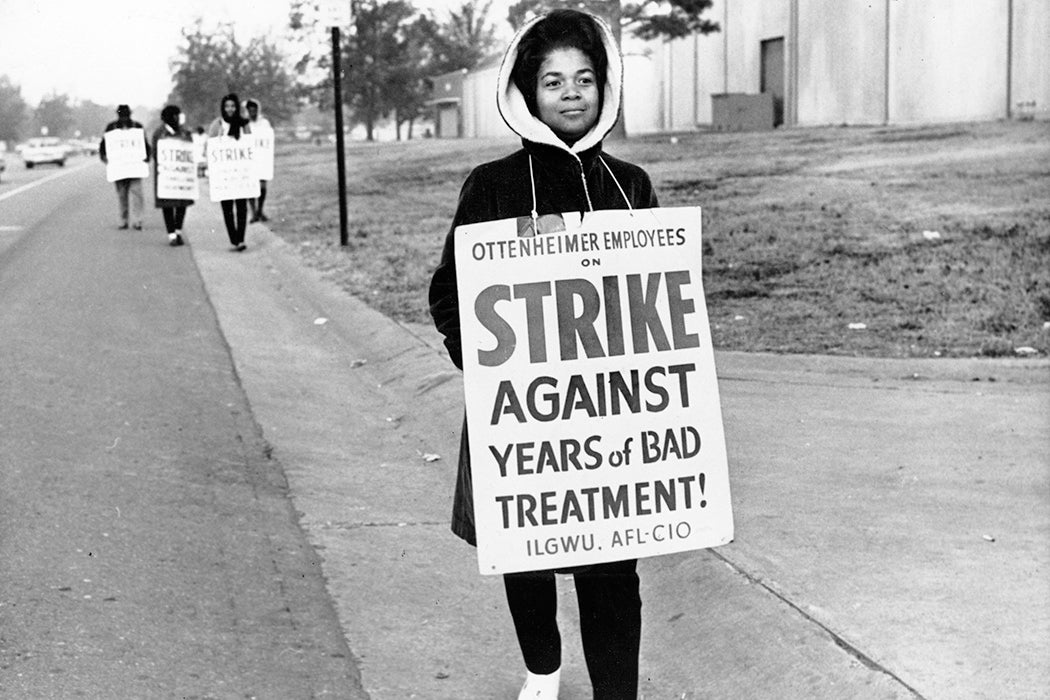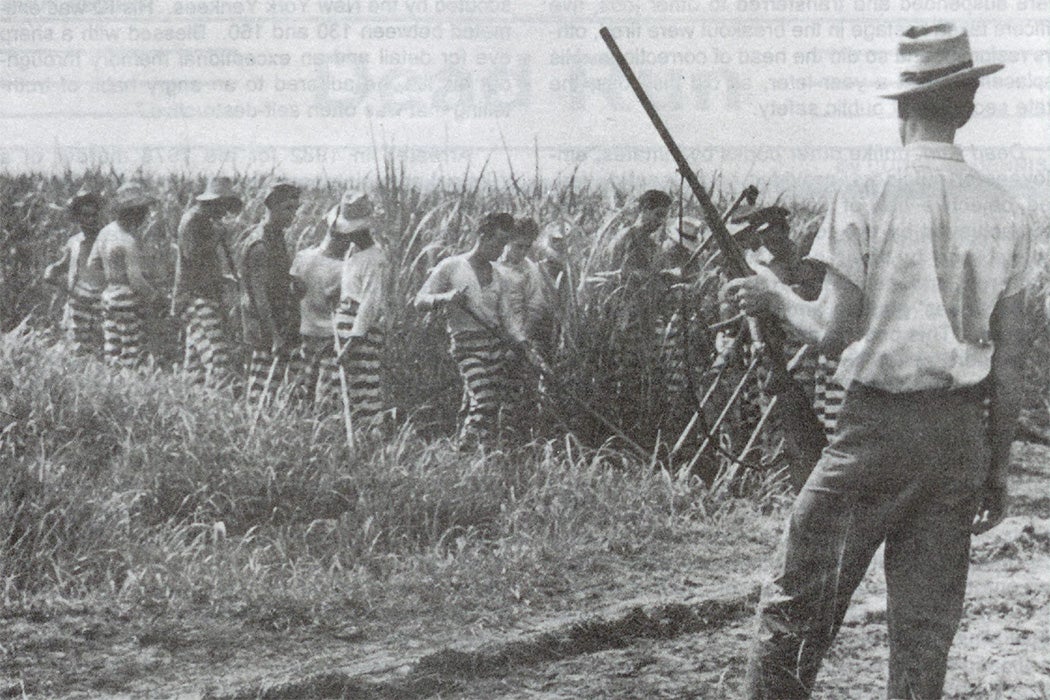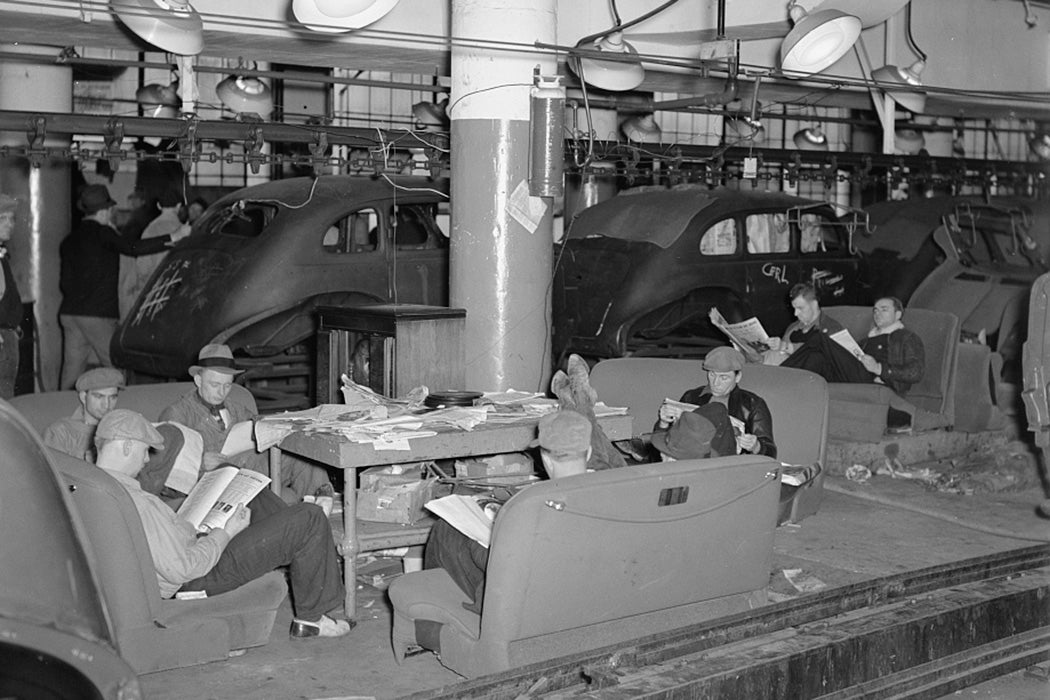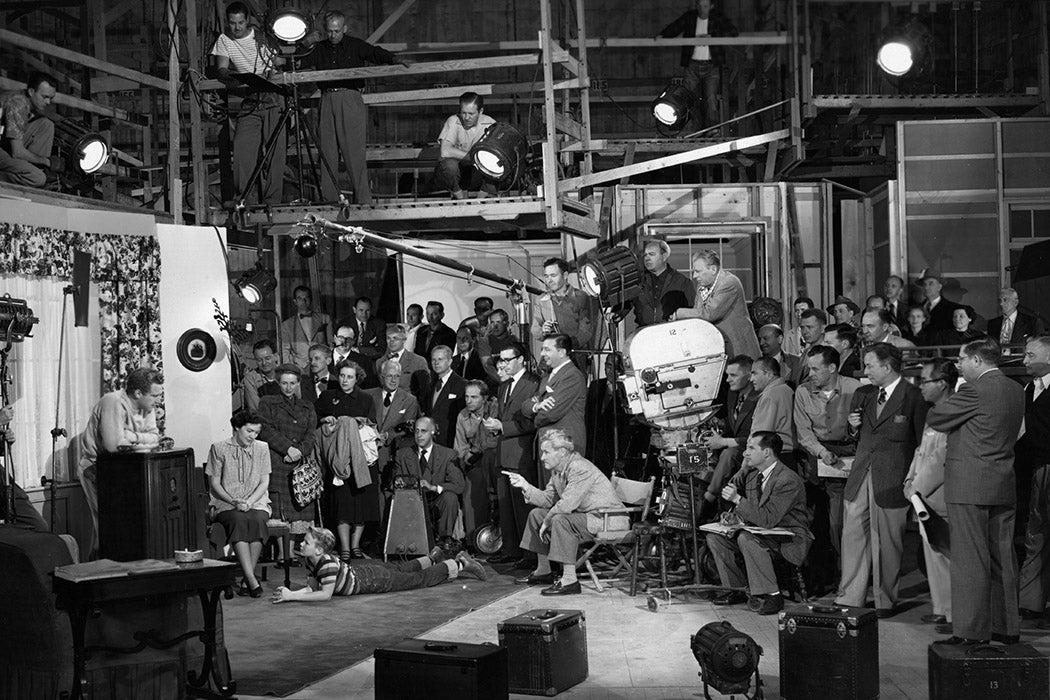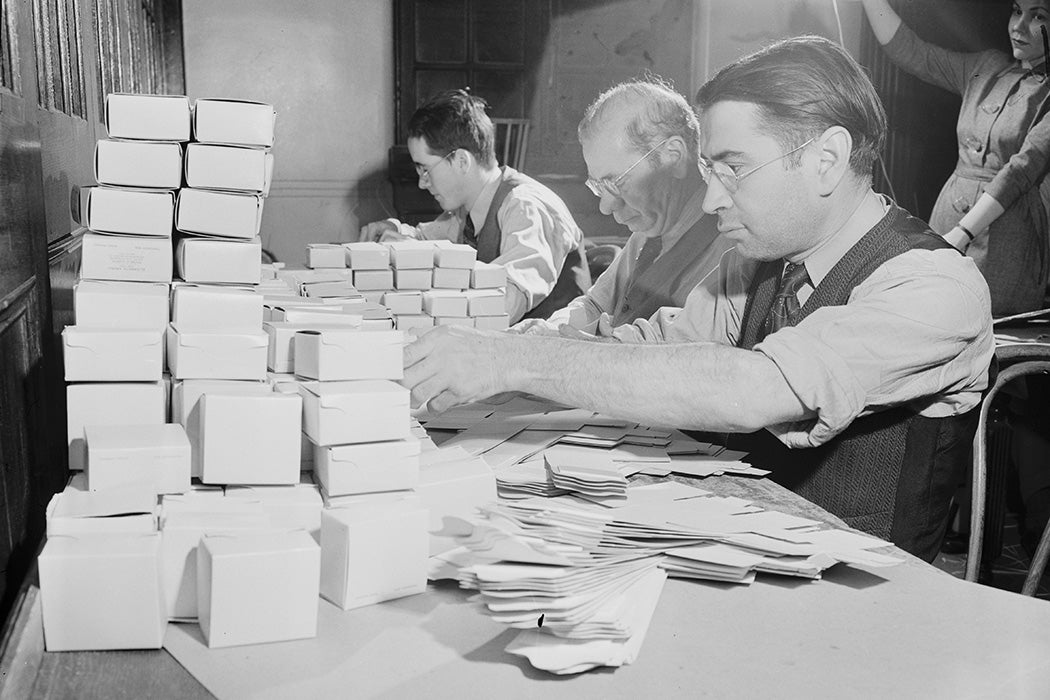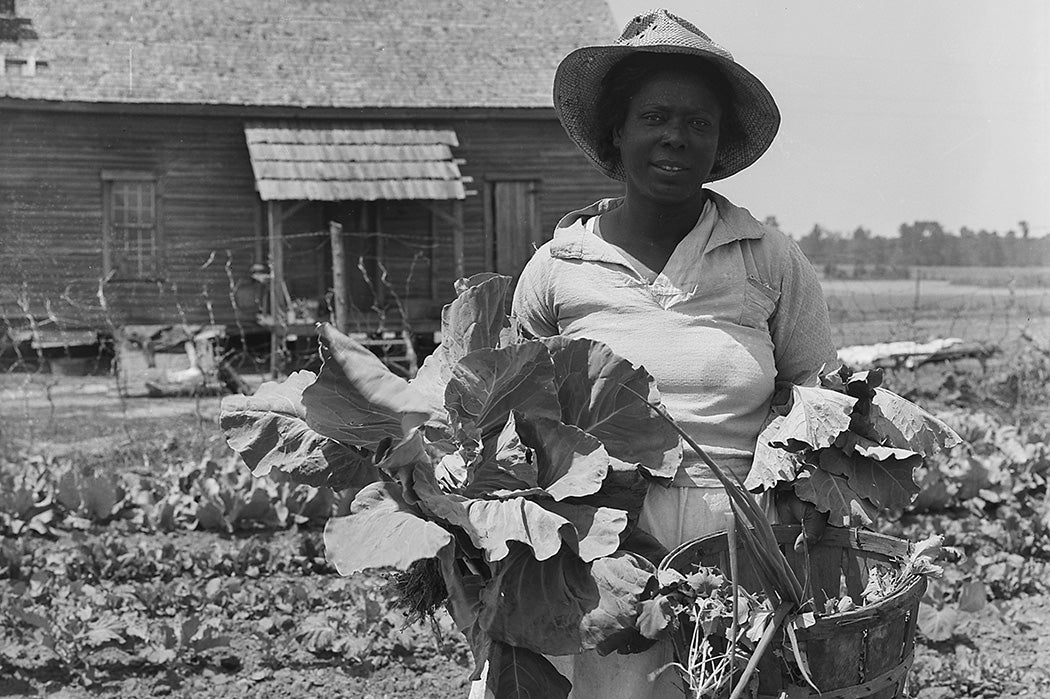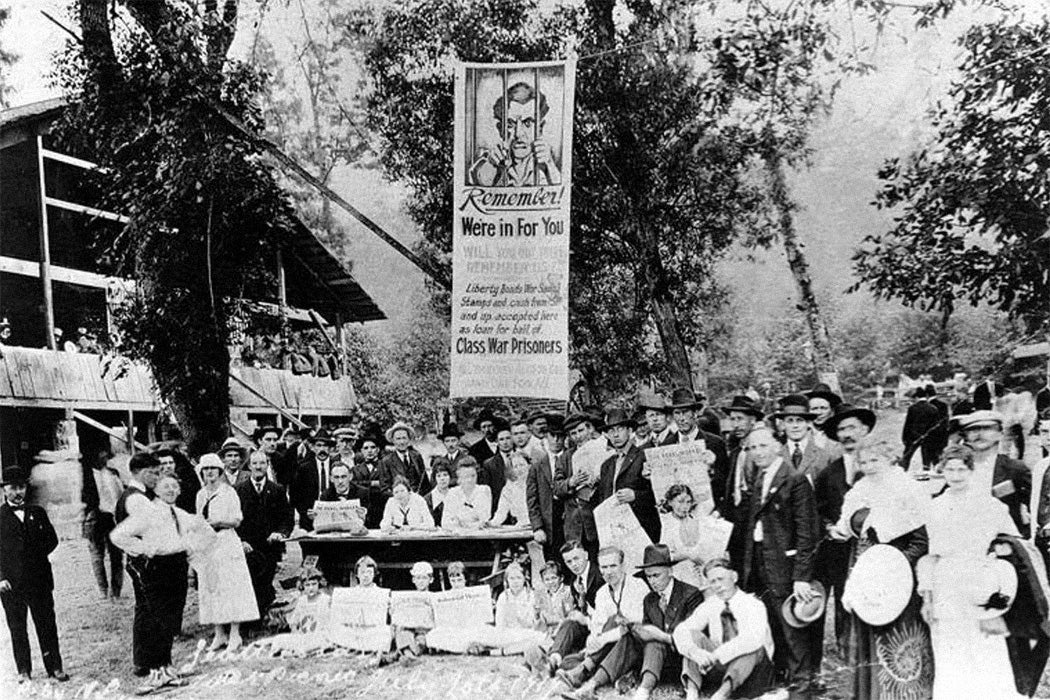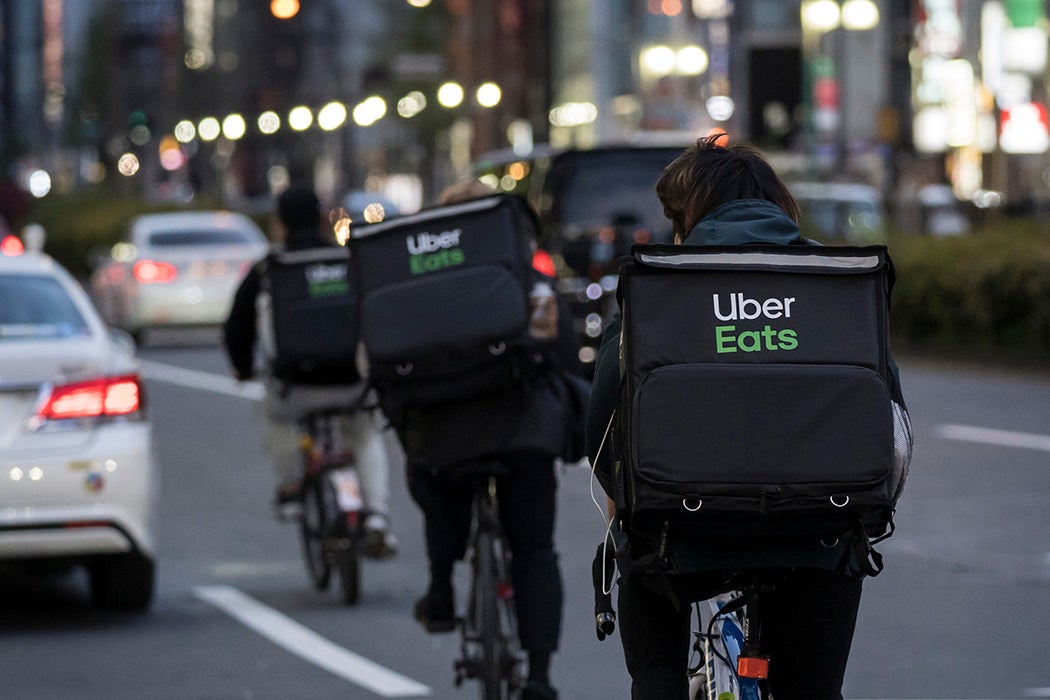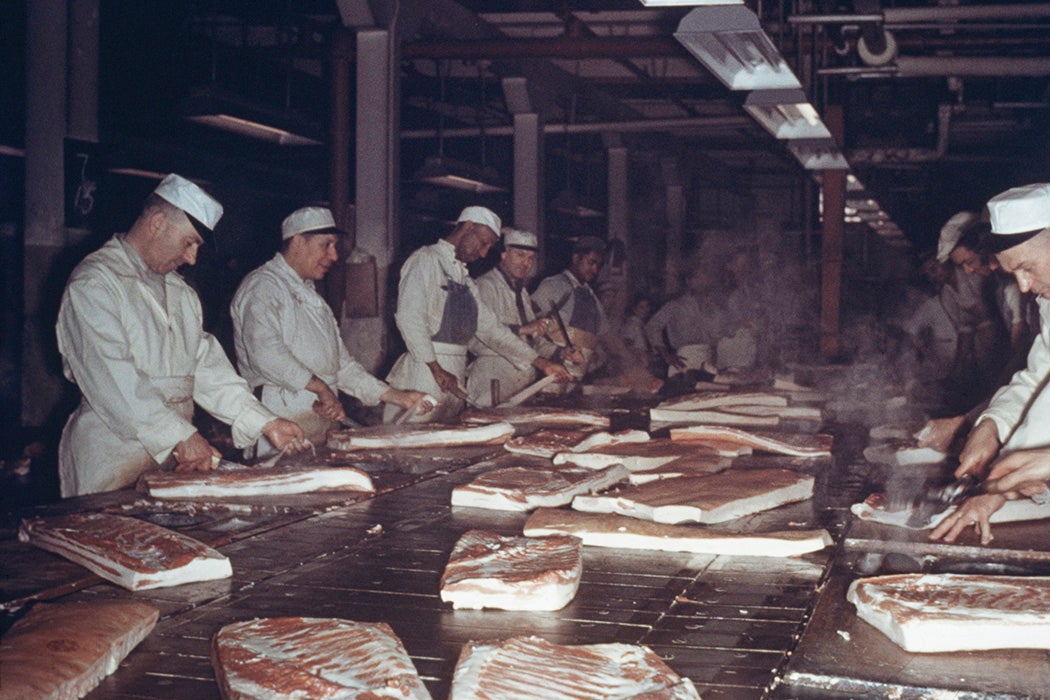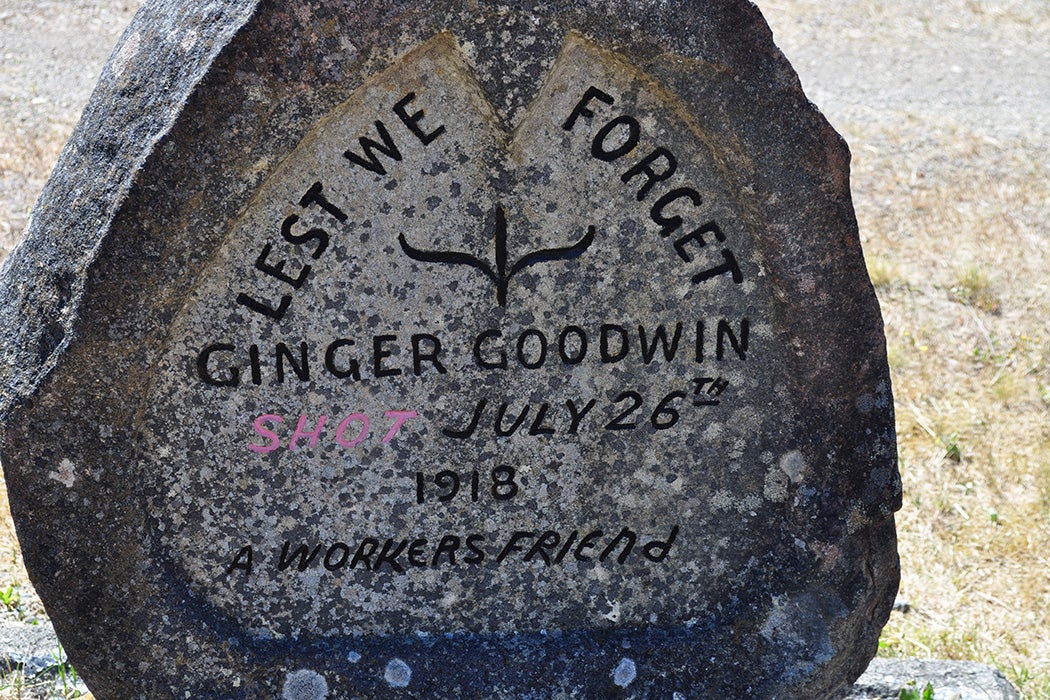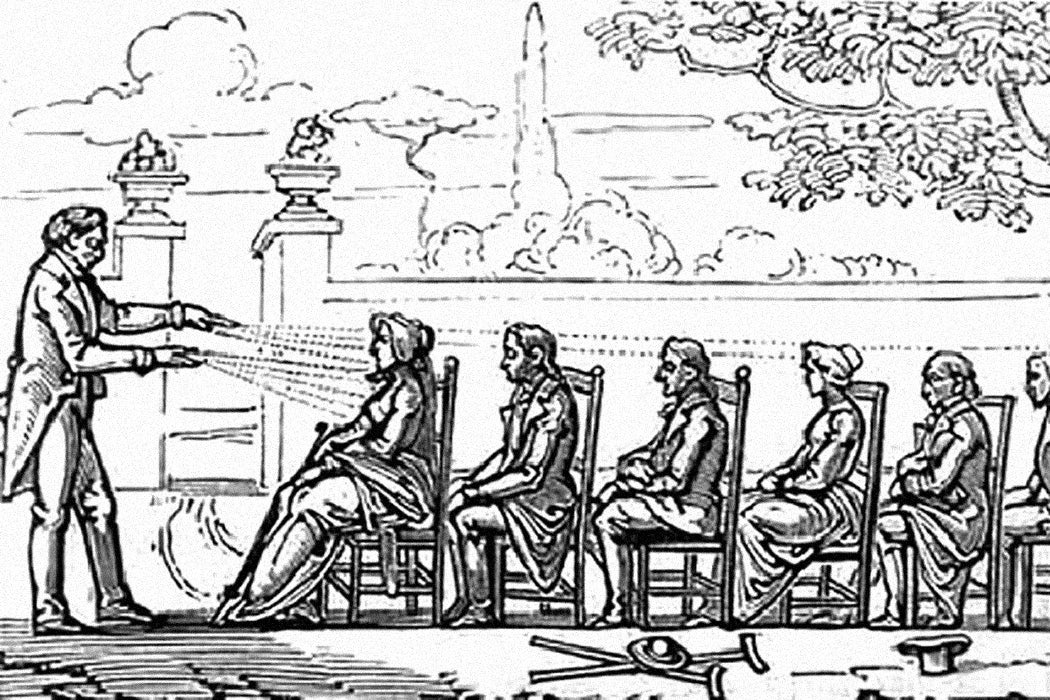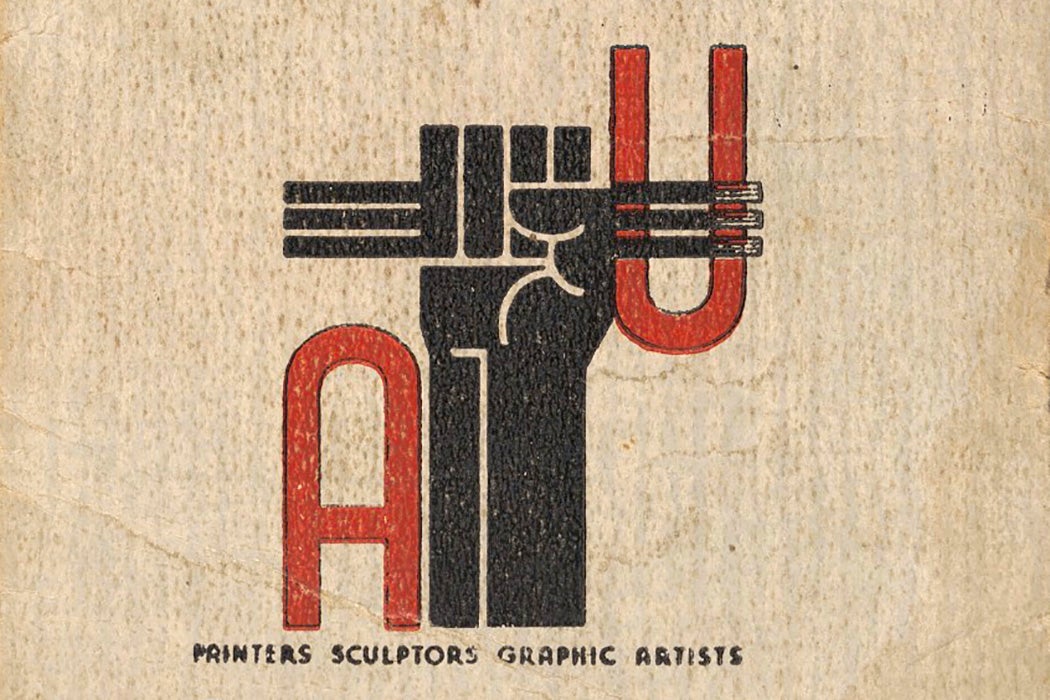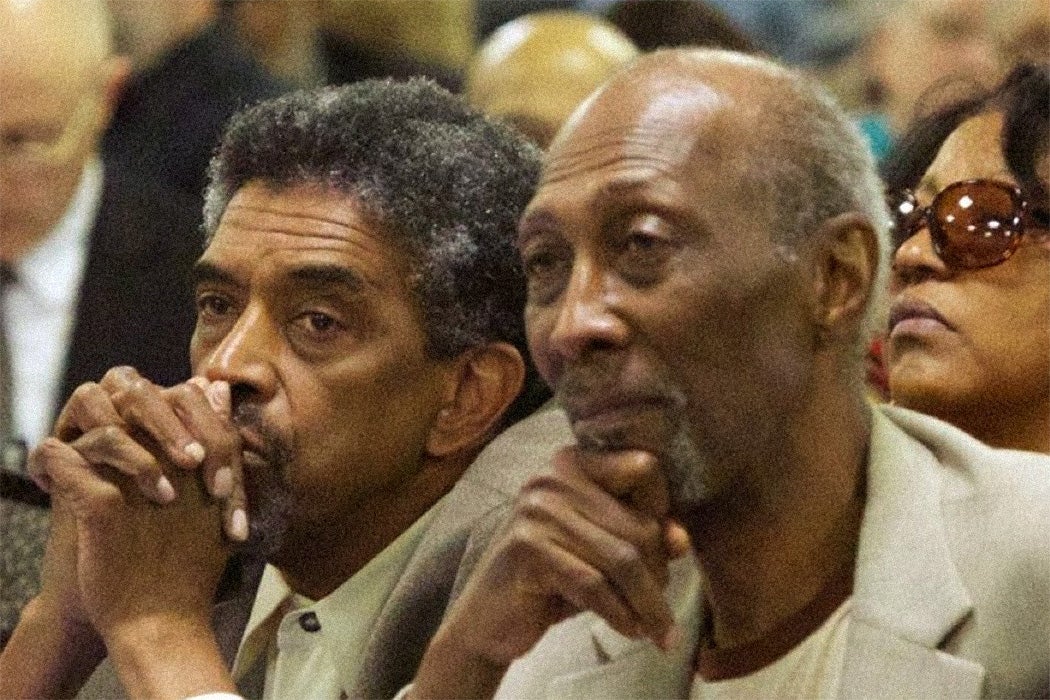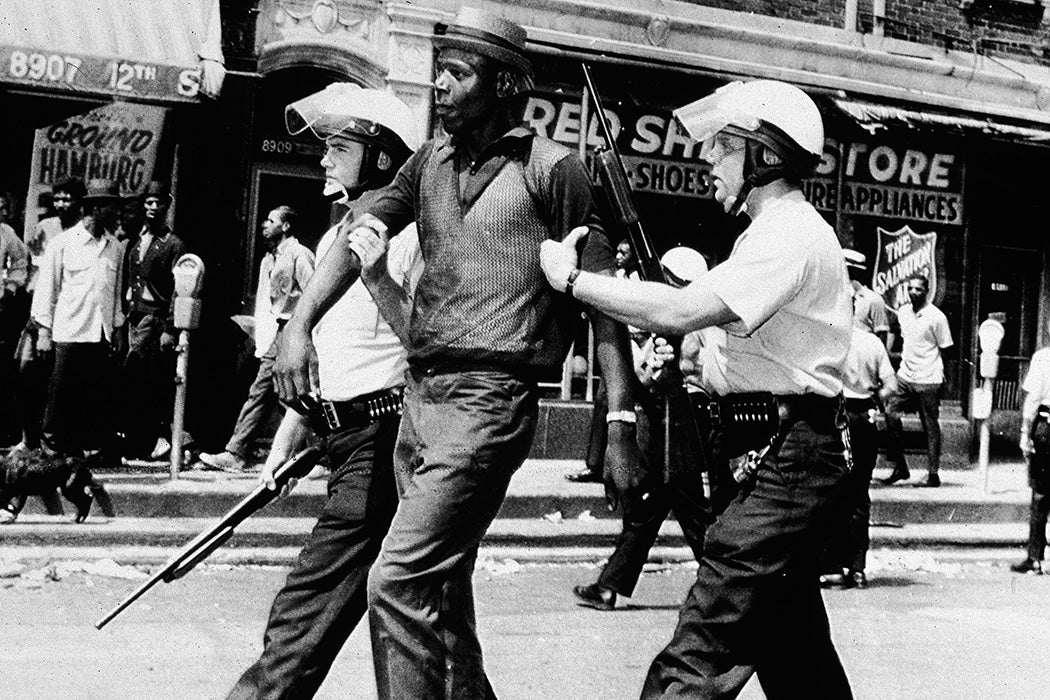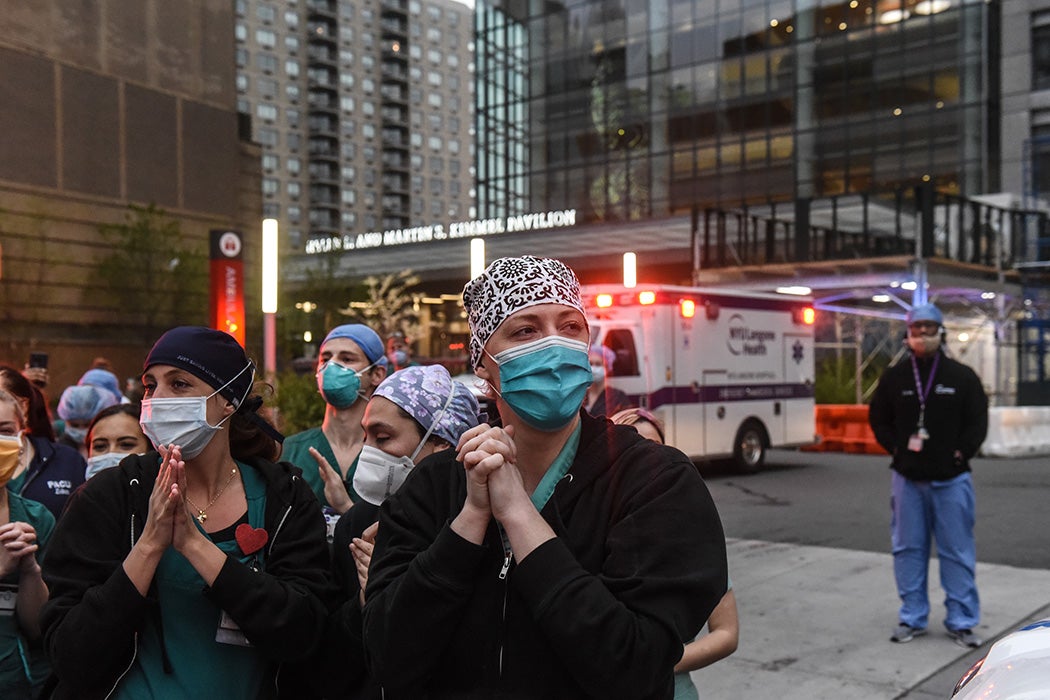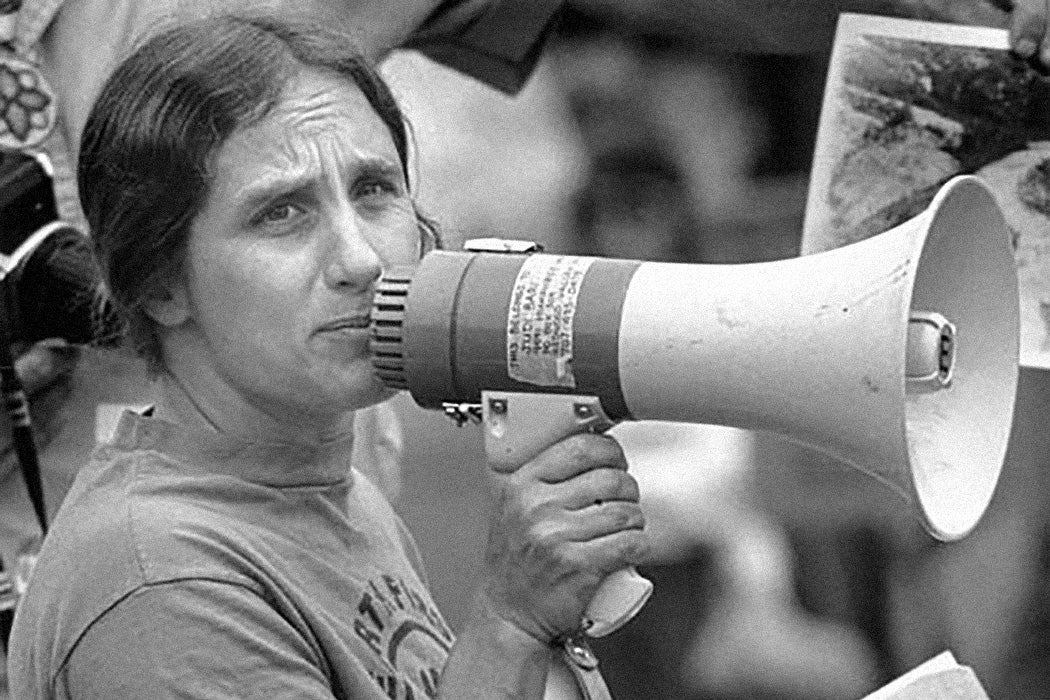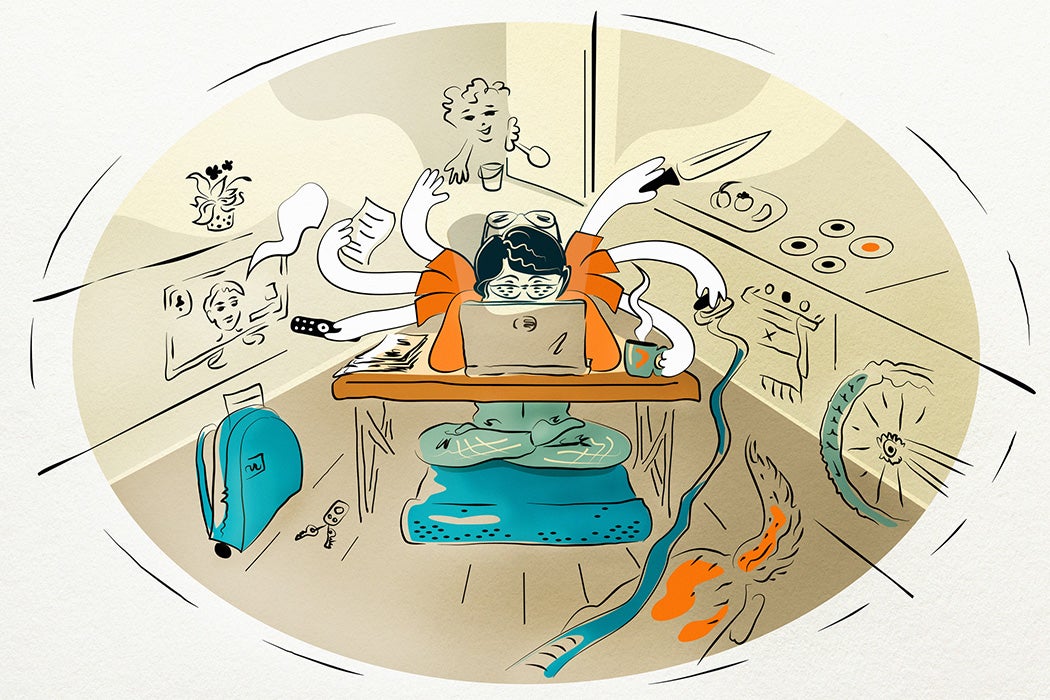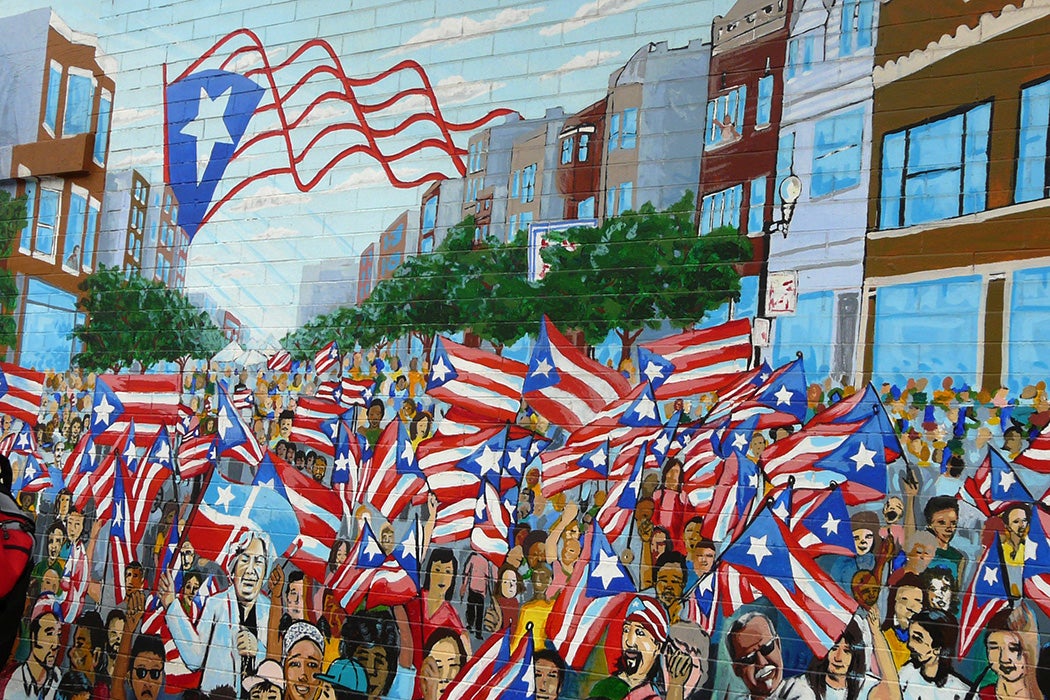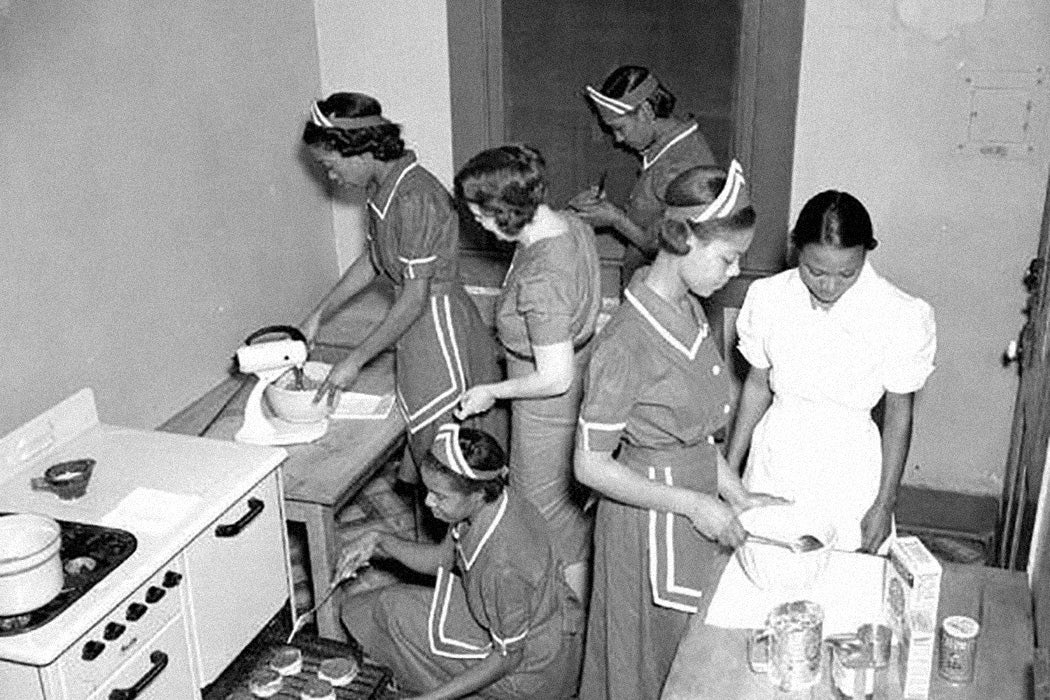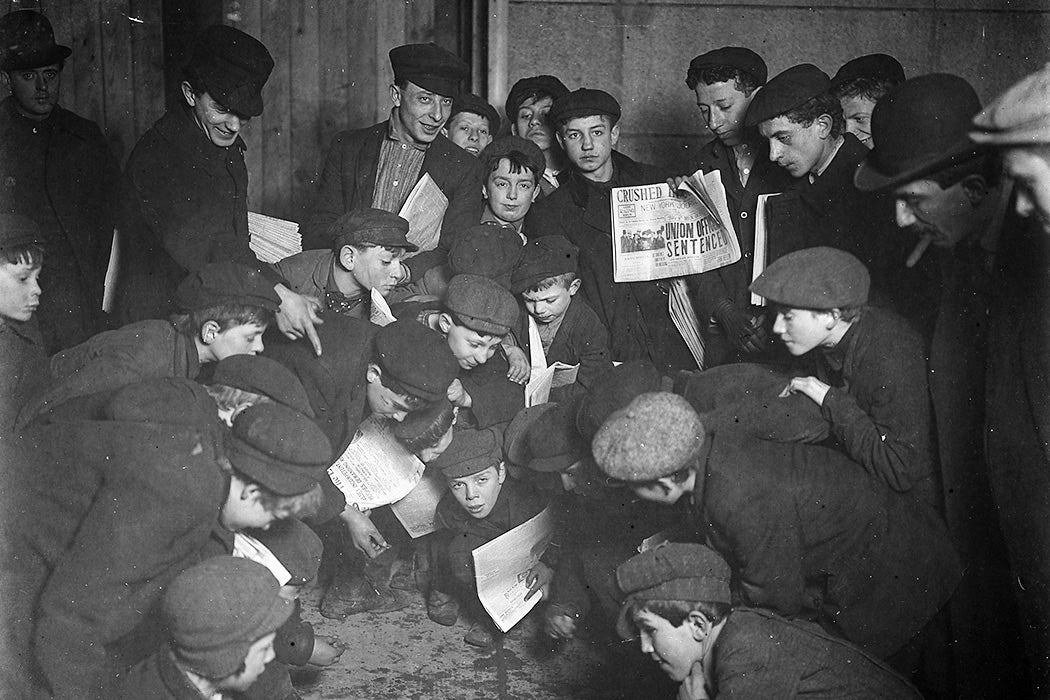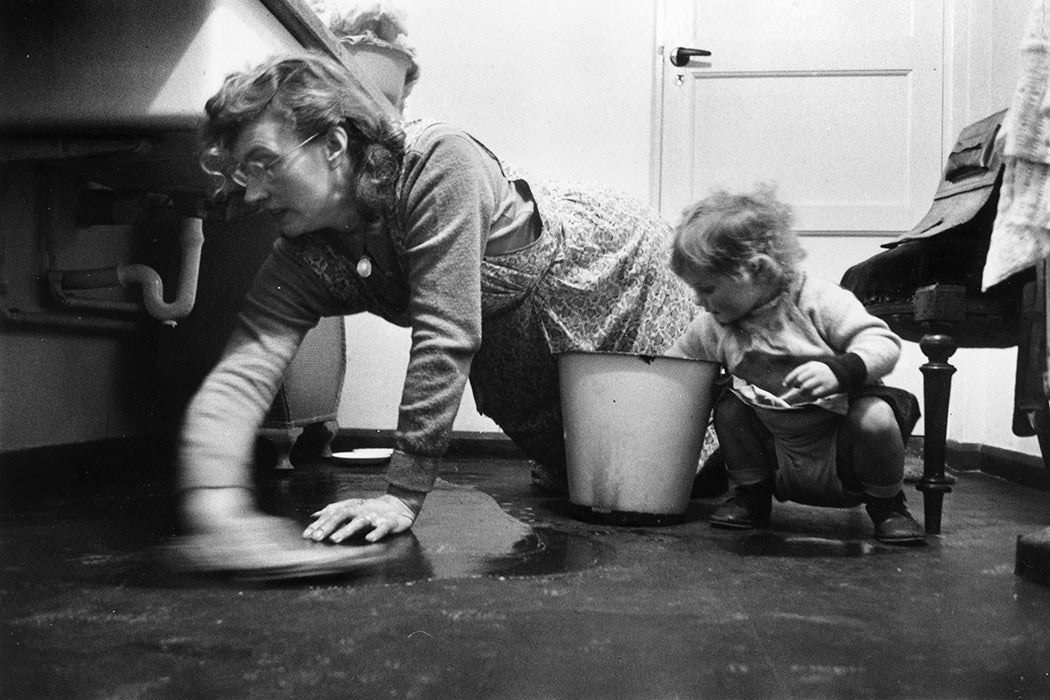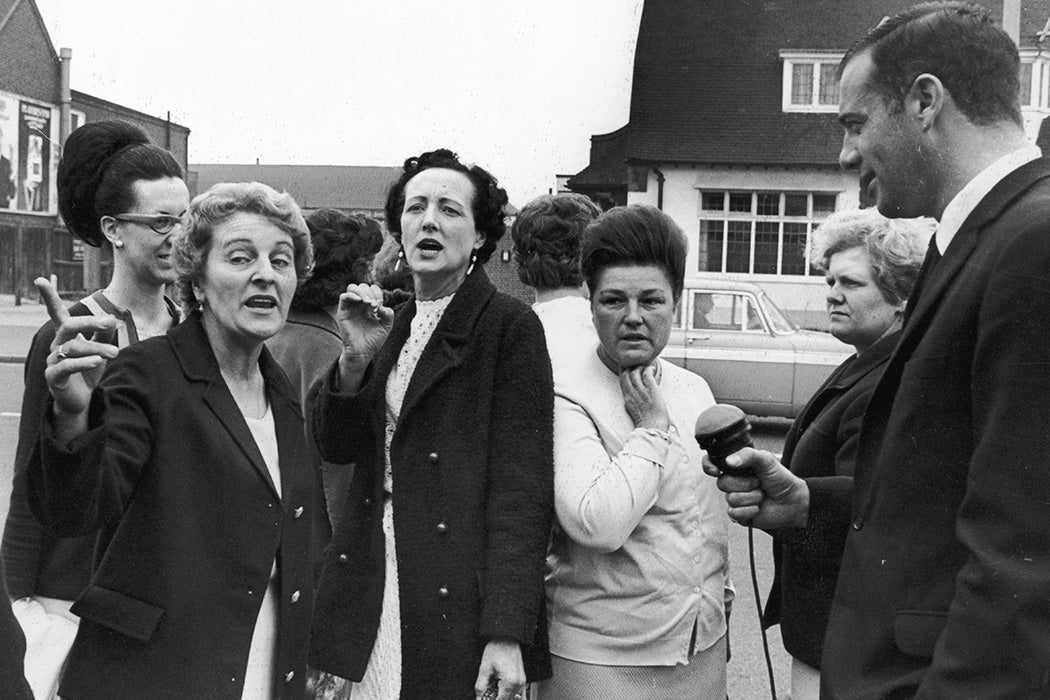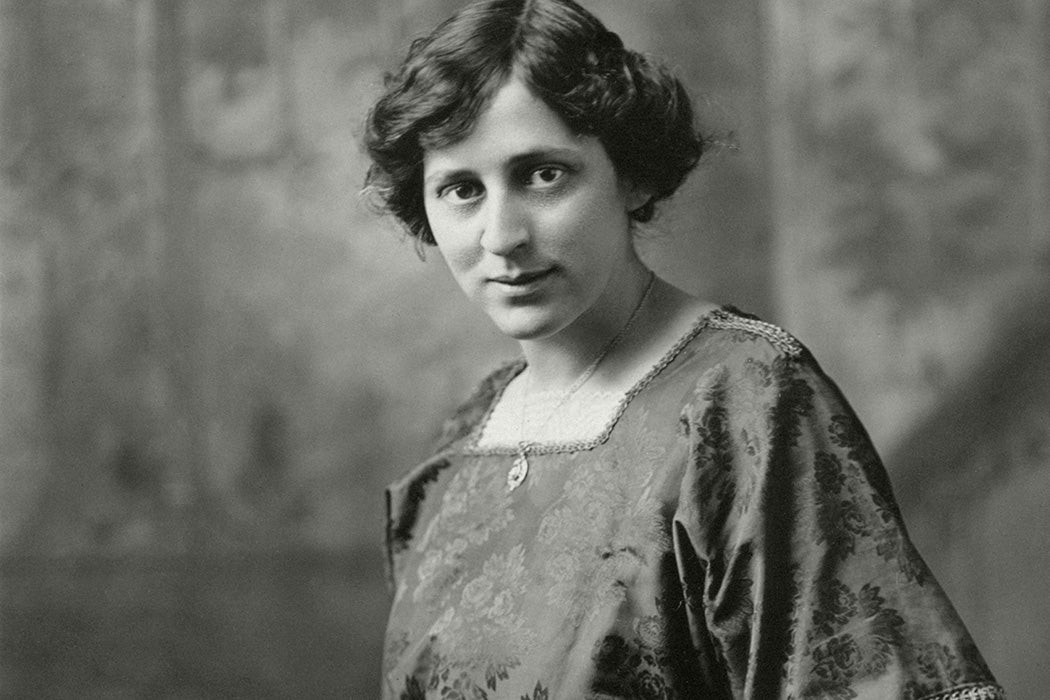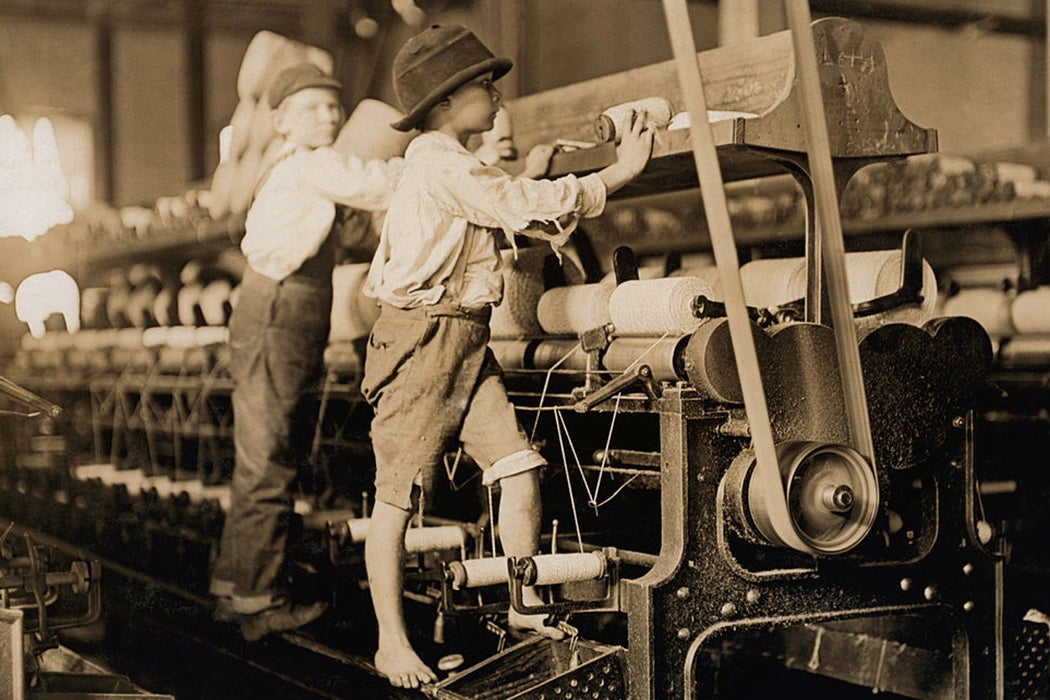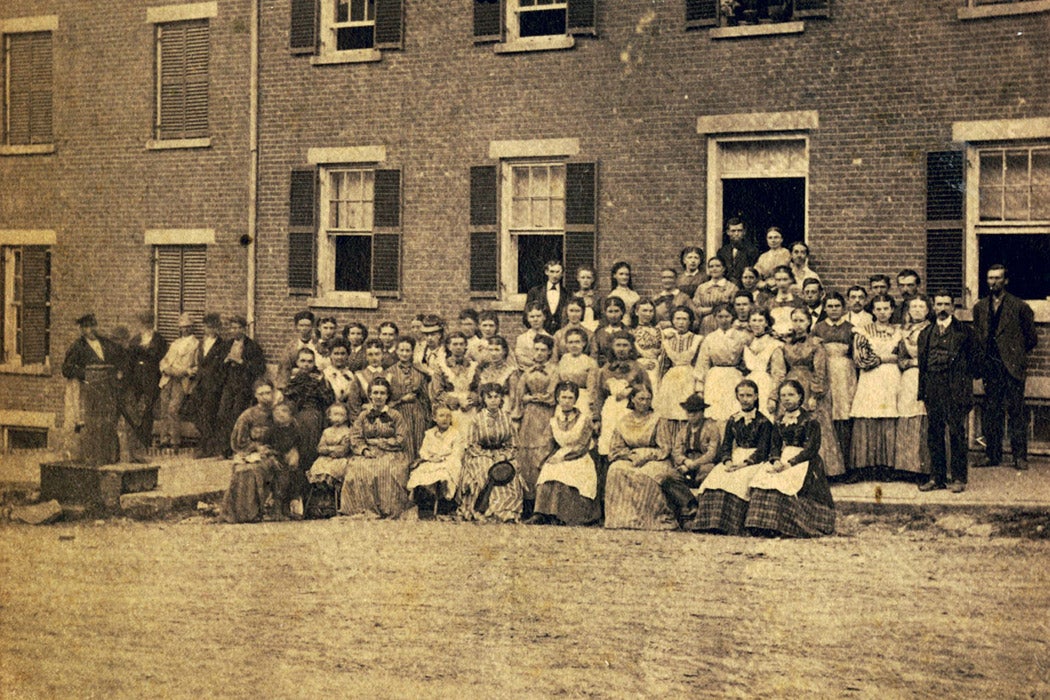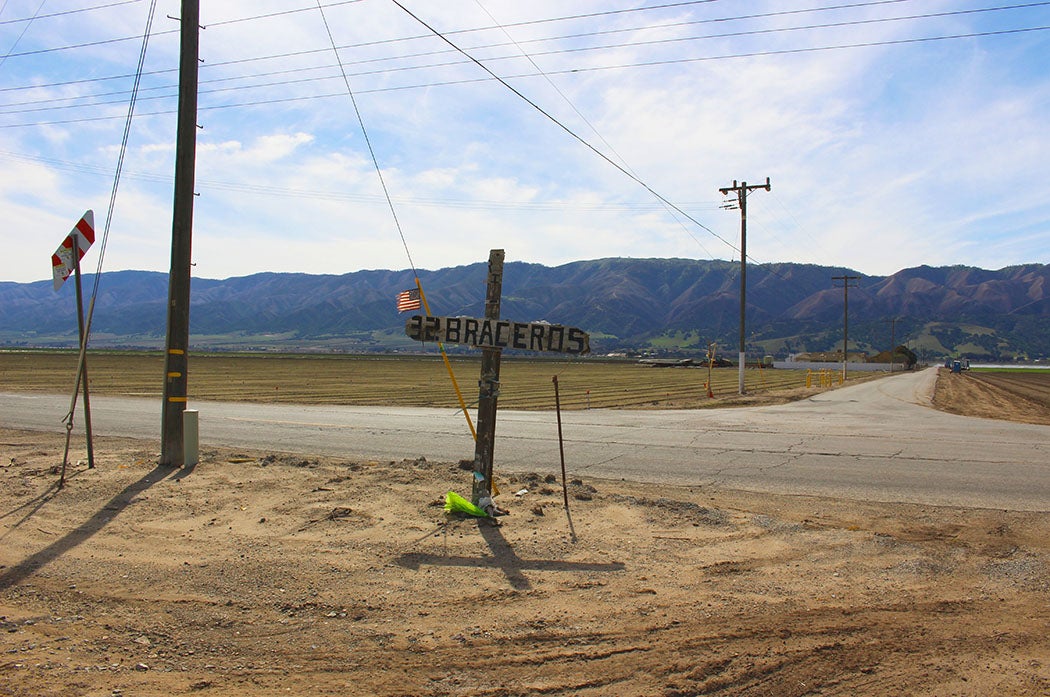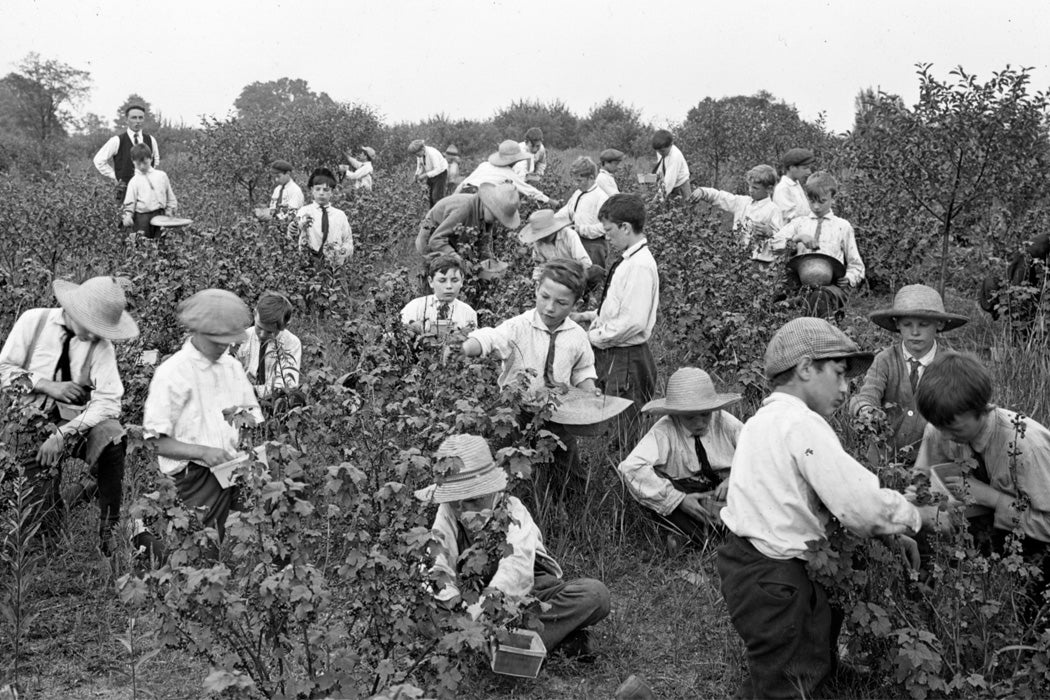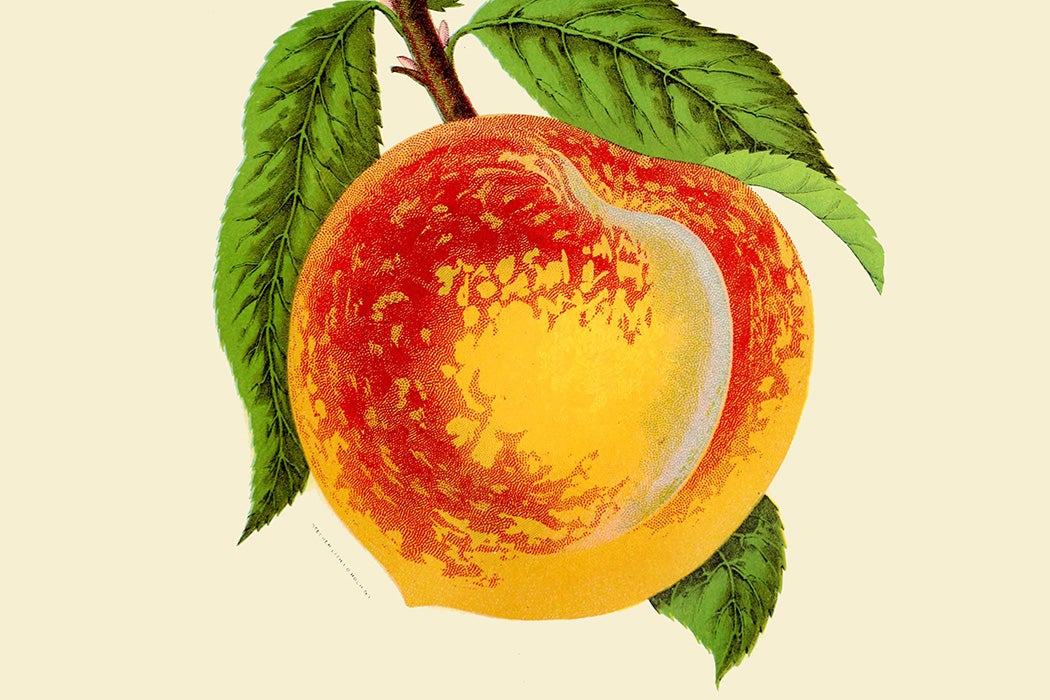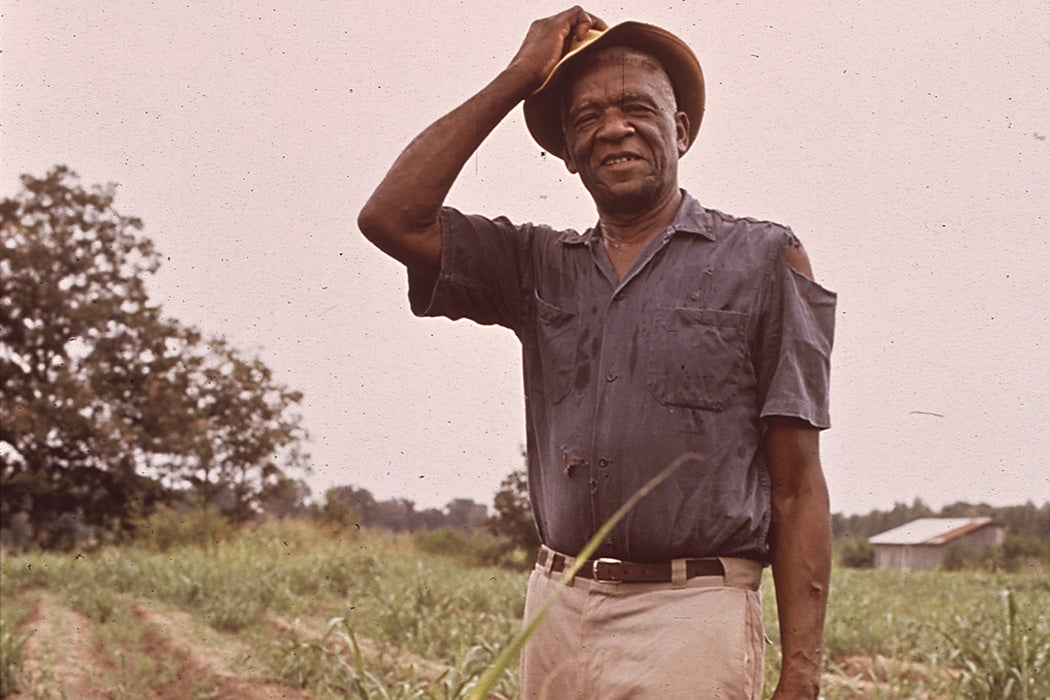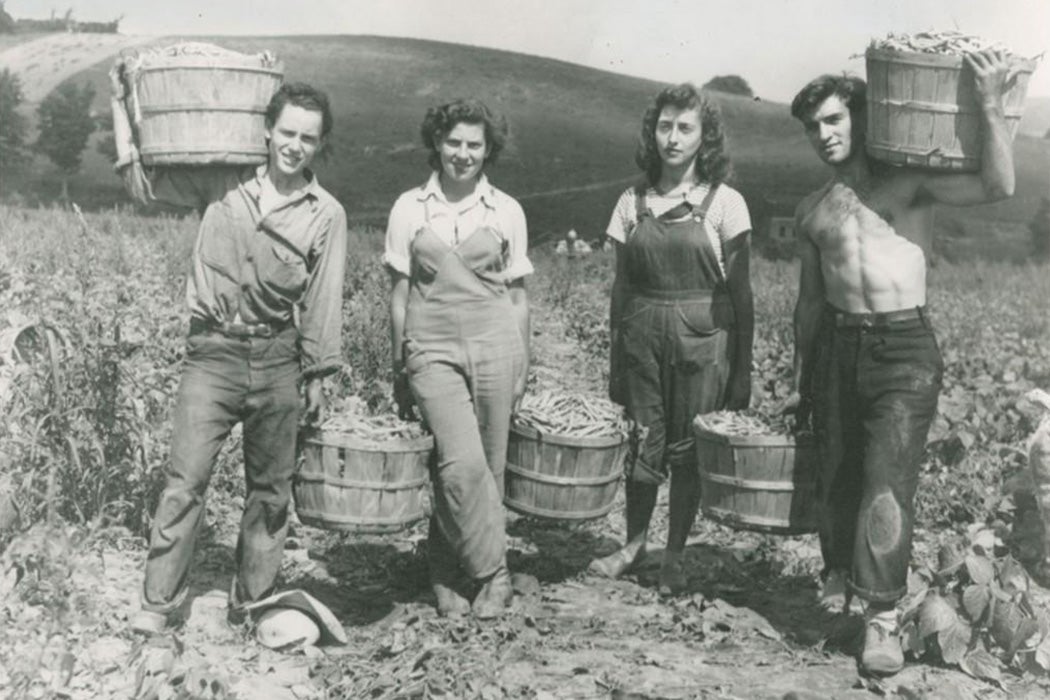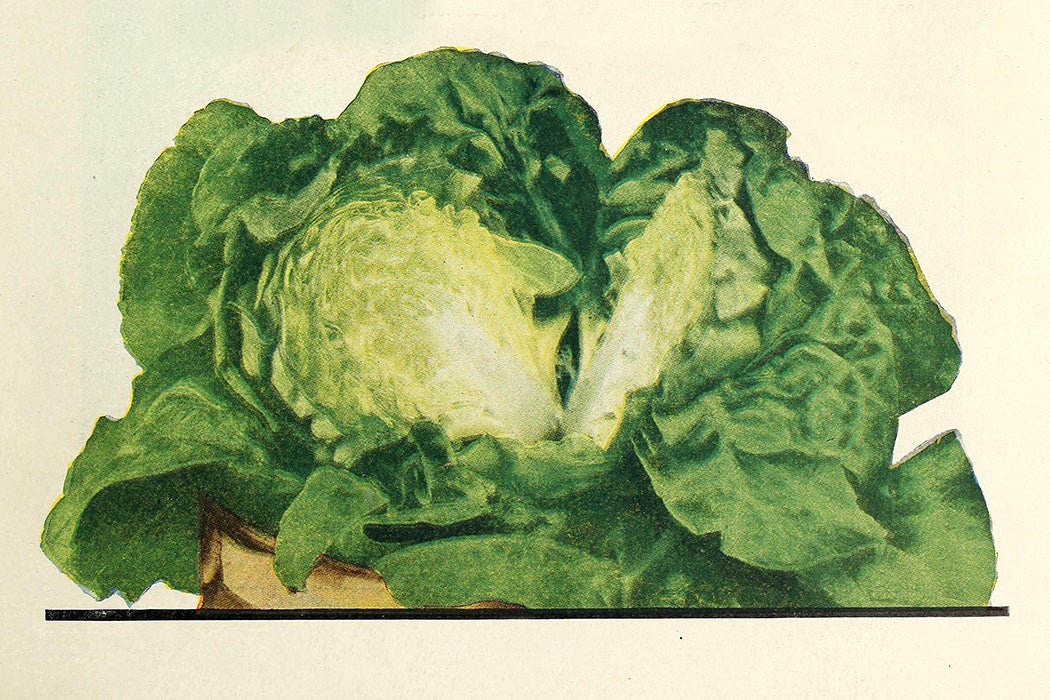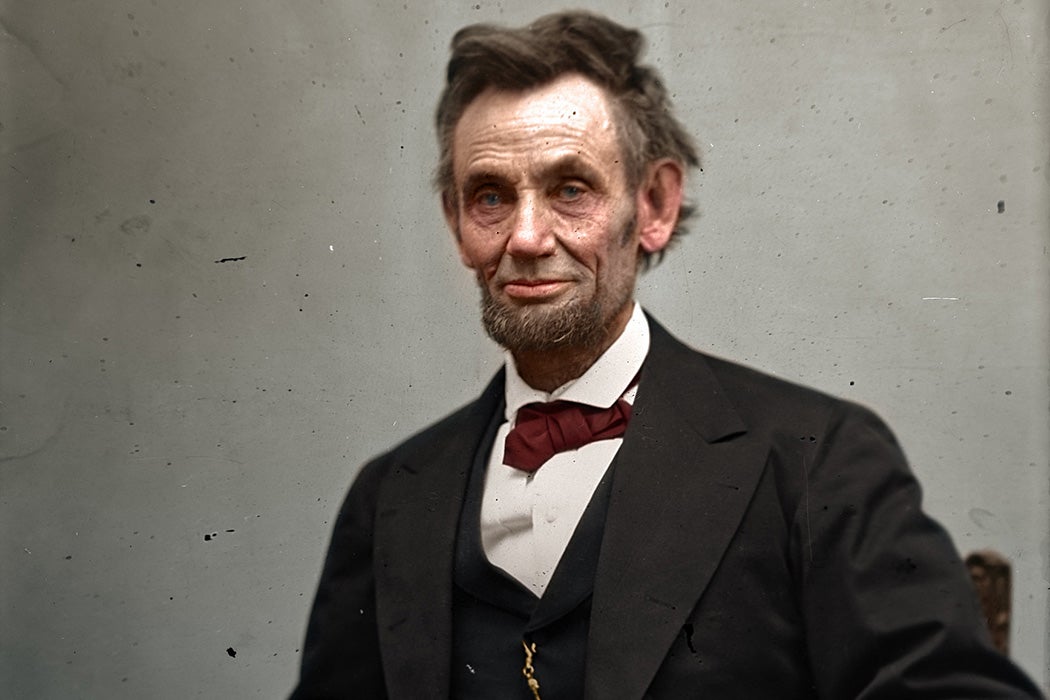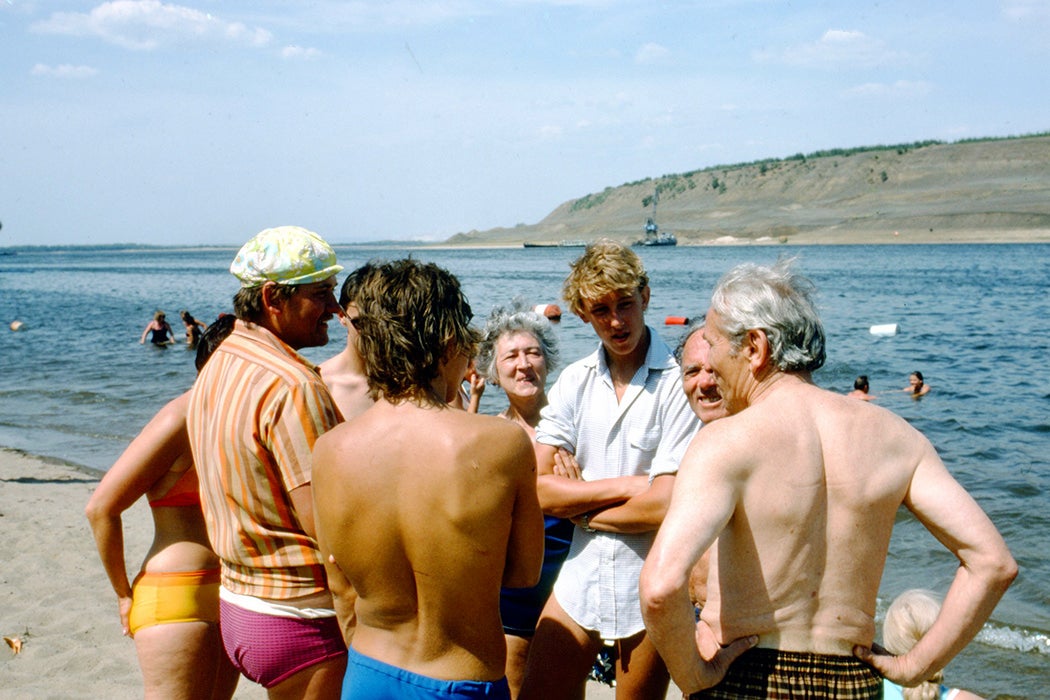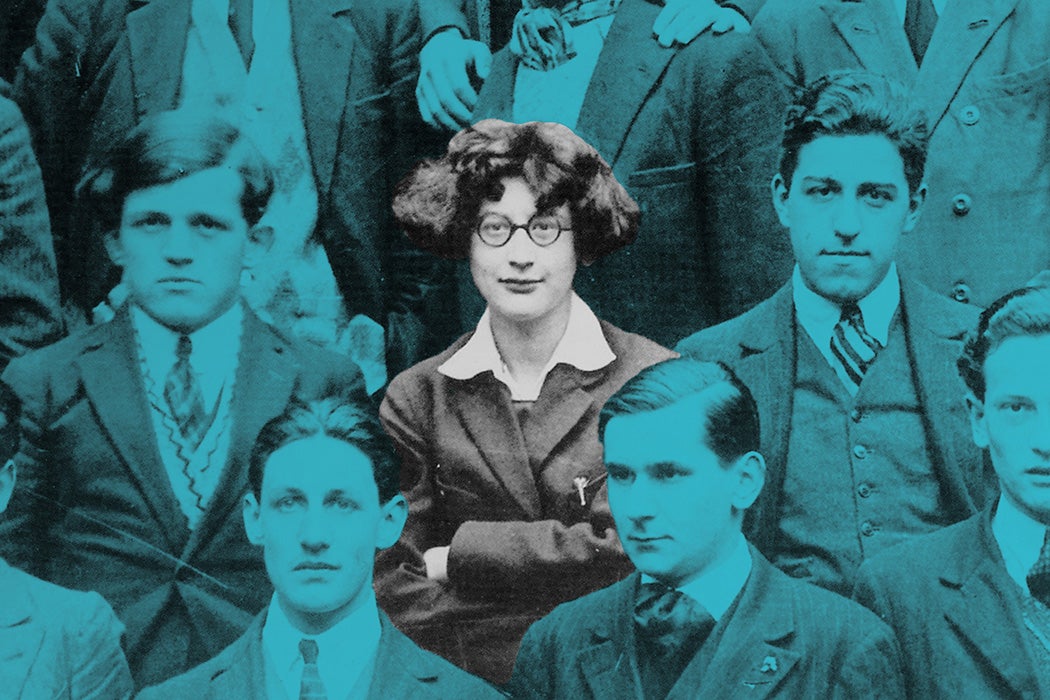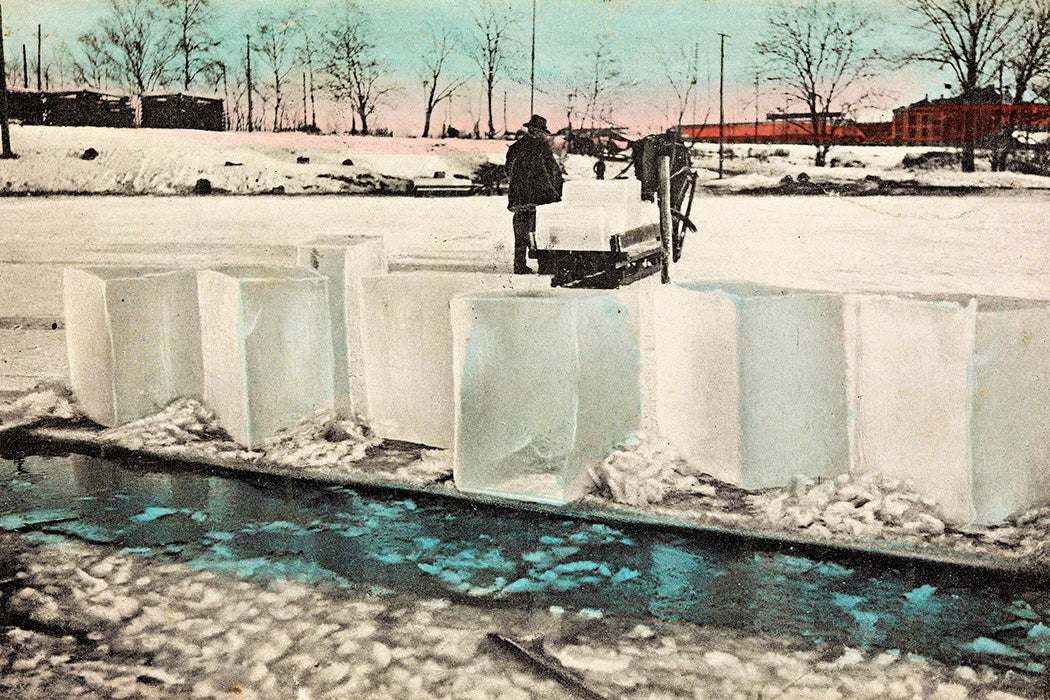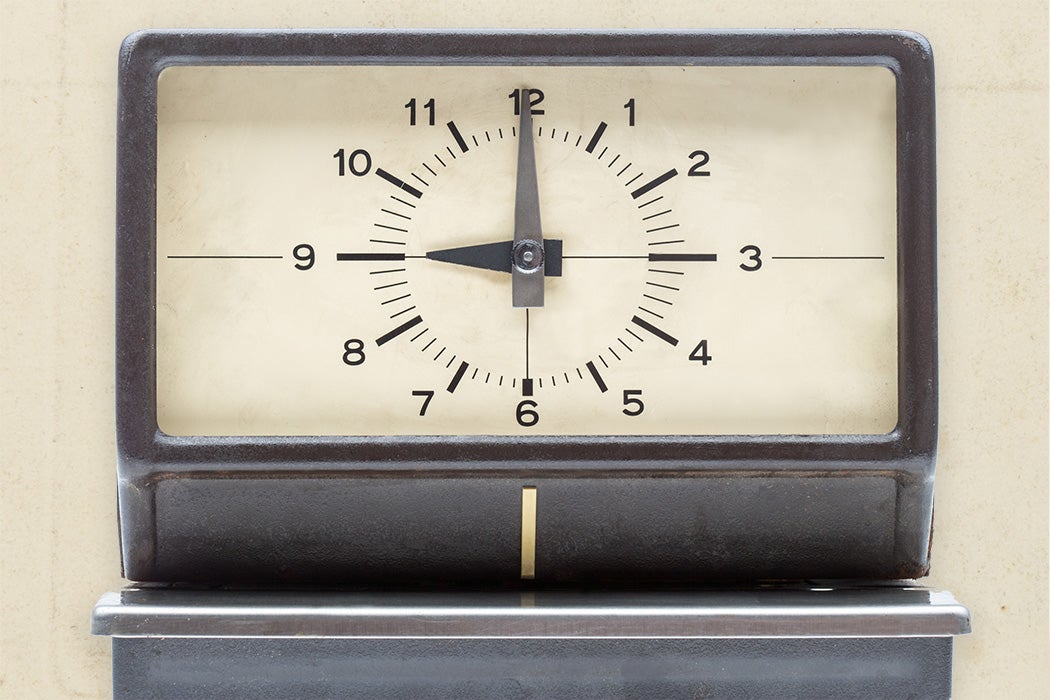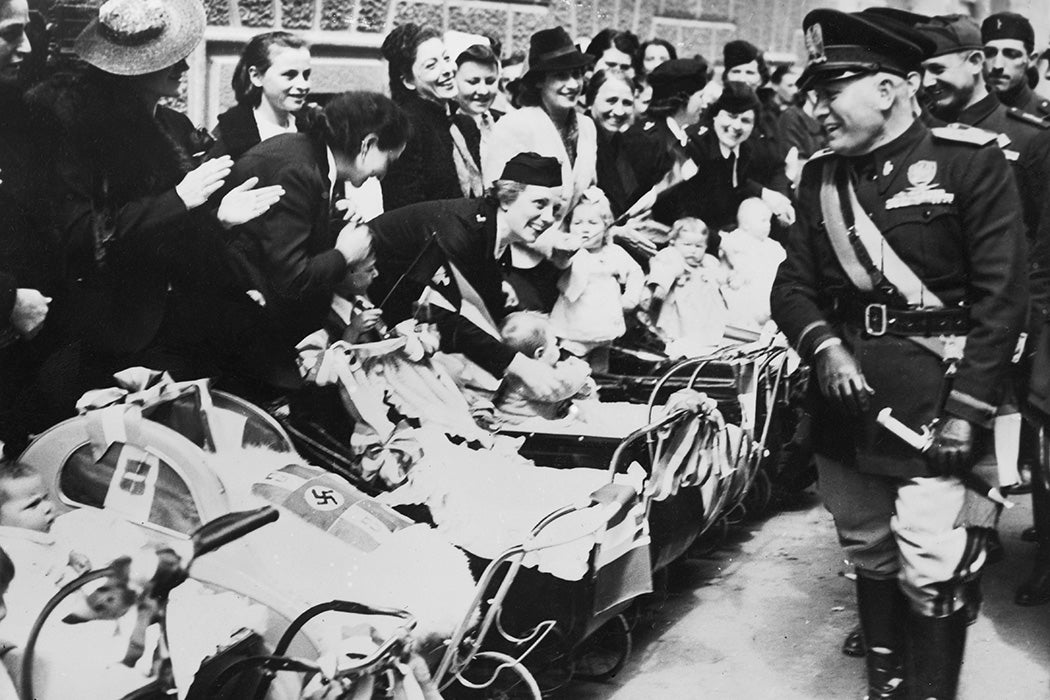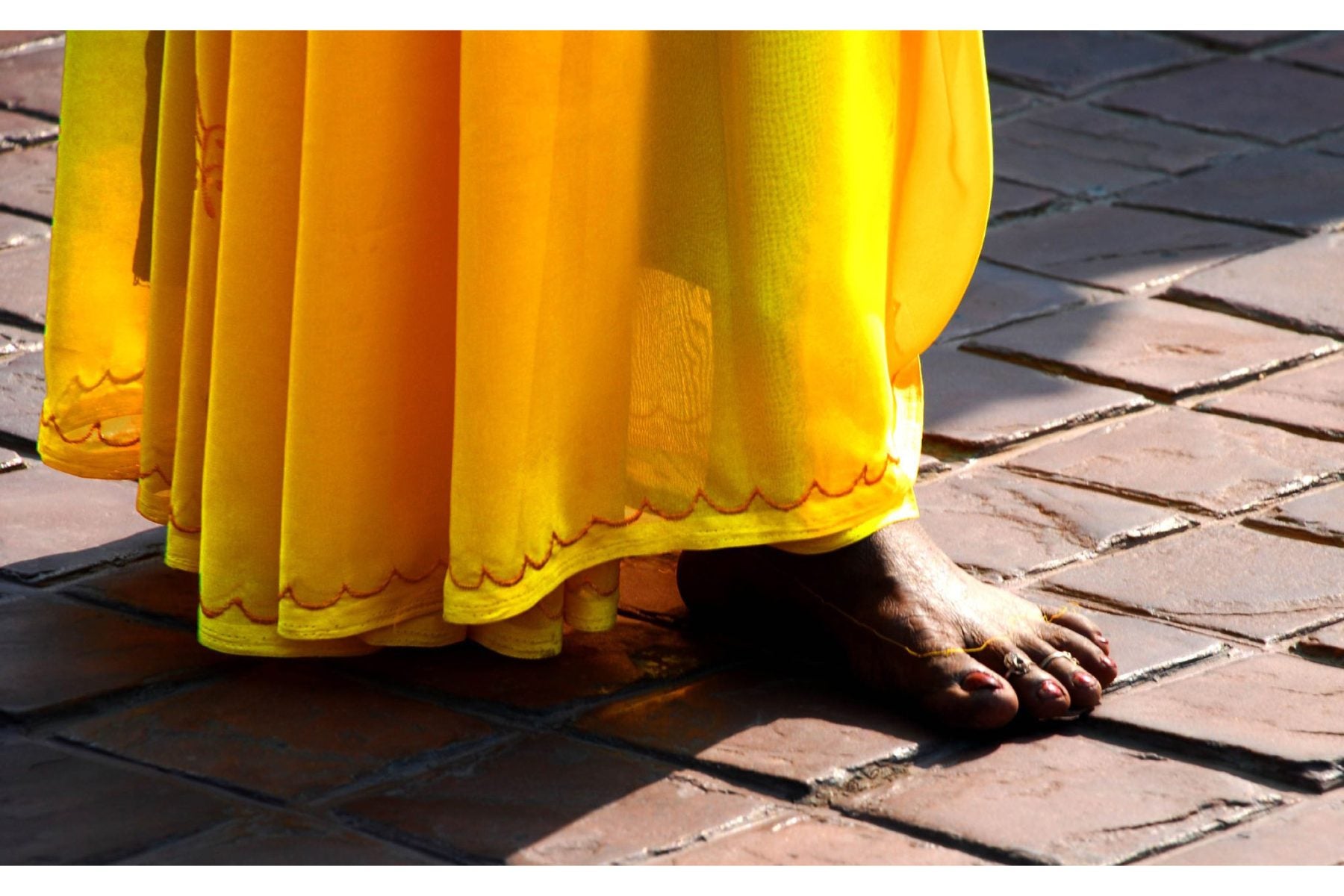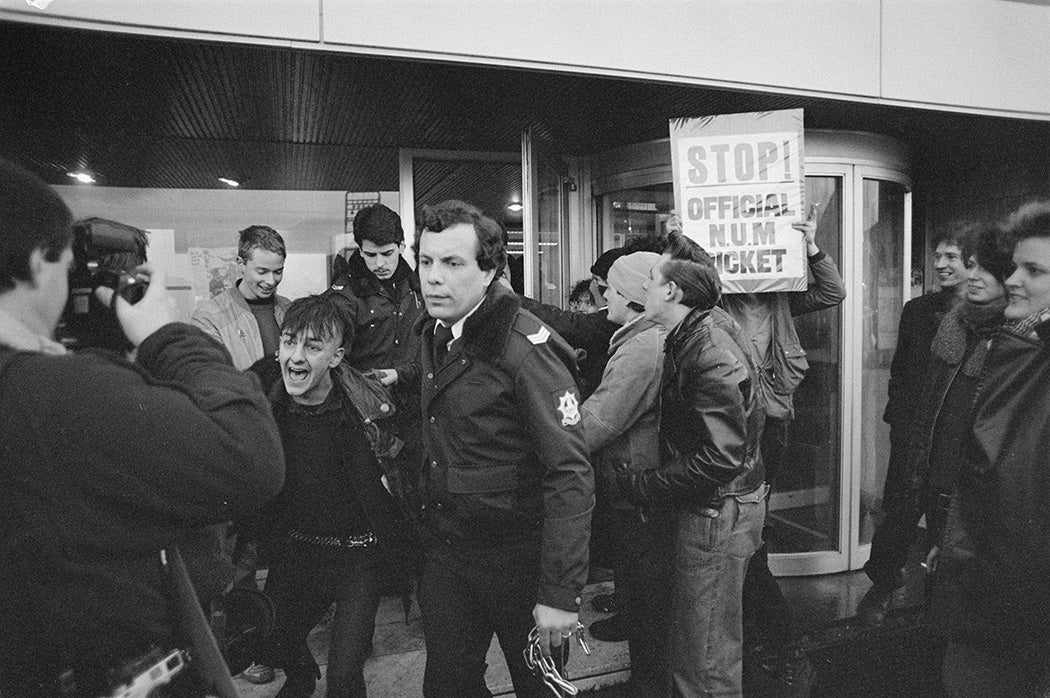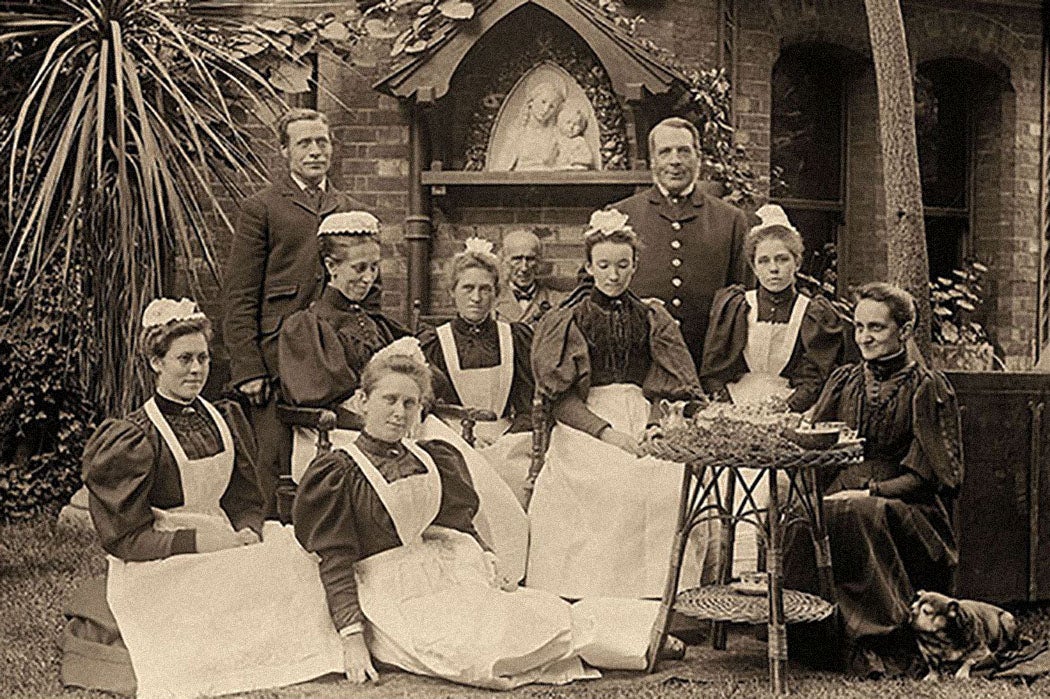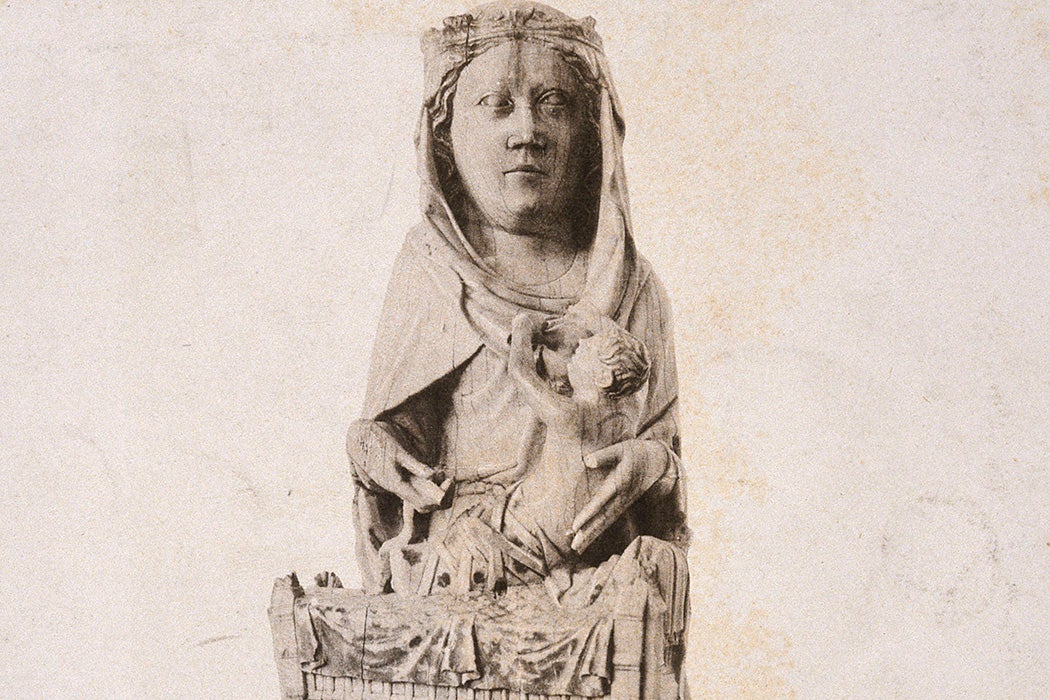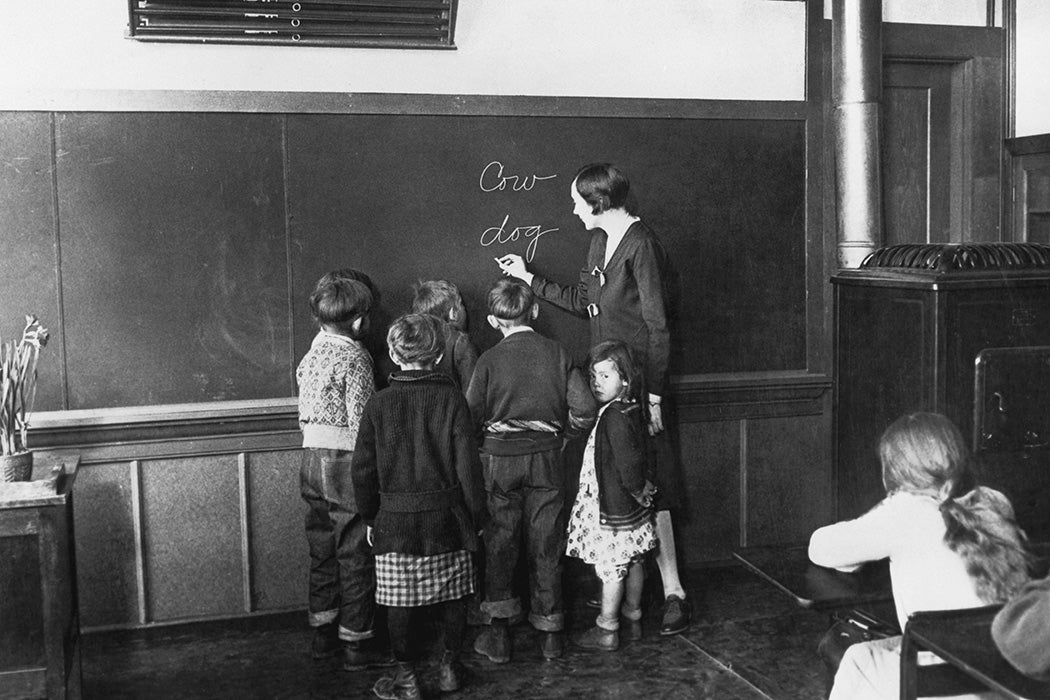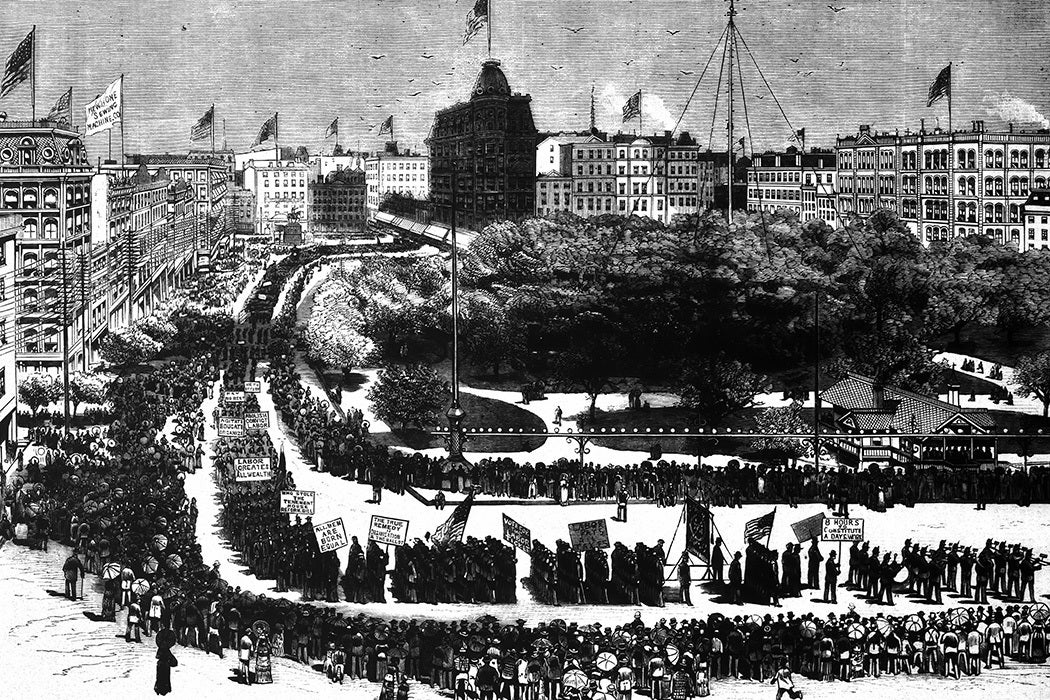The icon indicates free access to the linked research on JSTOR.
The first Monday in September is celebrated as Labor Day in the United States. A day for honoring workers was first proposed by union leaders in the nineteenth century, and by the late 1880s, several states had adopted the holiday. Following the Pullman railroad strike in Illinois, it became a federal holiday in 1894, signed into law by President Grover Cleveland.


To mark the occasion, we’ve collected our favorite JSTOR Daily stories on workers’ rights, labor unions, and related issues. All the articles below include free links to the supporting academic research.
Labor Activism and Workers’ Rights
November 8, 2023
“Except as punishment for a crime,” reads the constitutional exception to abolition. In prison plantations across the United States, slavery thrives.
July 7, 2023
The major transformation in the where of modern workplaces is about to collide with a transformation in who is doing that work.
August 15, 2022
The papers of American labor activist and socialist Eugene V. Debs (1855–1926) offer a snapshot of early twentieth-century politics.
December 3, 2021
Americans in "The Great Resignation" and "Strikevember" are the heirs of the 1936-1937 sit-down strike by auto workers in Flint, Michigan.
October 4, 2021
Since the nineteenth century, the IATSE union has organized behind-the-scenes workers, first in theater, then in the movies.
August 6, 2021
The National Federation of the Blind was the first major group of its kind to be led by visually impaired people.
April 3, 2021
To Reconstruction-era Black republicans, the key to preserving the country’s character was stopping the rise of a wage economy.
January 13, 2021
A violent confrontation between the IWW and the American Legion put organized labor on trial, but a hostile federal government didn’t stop the IWW from growing.
March 21, 2022
The COVID-19 pandemic put food workers in danger of contracting infections, with few, if any, consequences for the industries' failures to protect them.
May 8, 2020
In the long time between The Jungle and today, meatpacking has changed—first for the better, due to strong unions, then for the worse.
May 15, 2022
While conspiracy theories about Ginger Goodwin’s death may interest some, these complicated explanations deflect our attention from real issues.
January 18, 2022
The man who introduced mesmerism to the US was a slave-owner from Guadeloupe, where planters were experimenting with “magnetizing” their enslaved people.
October 5, 2020
When artists showed solidarity with one another and the larger labor movement, they won federal patronage.
July 9, 2020
Two industrial workers, members of Detroit’s League of Revolutionary Black Workers, share experiences with political organizing and education.
July 9, 2020
From 1964 to 1972, at least 300 U.S. cities faced violent upheavals, the biggest led by the League of Revolutionary Black Workers, in Detroit.
July 5, 2020
If history is any guide, probably not.
February 23, 2020
The radical environmentalist had a background in labor organizing and wanted to end the misogyny of the movement and the logging industry alike.
January 2, 2020
Animation workers took to the streets, carrying signs with bleakly humorous slogans. One read: “I make millions laugh but the real joke is our salaries.”
Women and Children
April 27, 2025
Through interviews with couples, sociologist Allison Daminger refines our understanding of cognitive labor in the household.
April 5, 2021
Recruited to work on the US mainland for long hours at less than the prevailing rate, women migrants fought for dignity and recognition.
January 26, 2021
Without many legal protections under the New Deal, Black women organized through the local Urban League.
January 12, 2022
When states began restricting labor by children, verifying a person's age became an important means of enforcement.
April 11, 2022
These collective rituals of death brought meaning and identity to urban, working-class youth.
March 30, 2022
Pullman resisted hiring women and did his best to keep attention away from the company’s female employees.
March 23, 2022
In the 1970s, NOW began to ask hard questions about the women who were no longer "homemakers", displaced from the only role they were thought to need.
March 12, 2021
These women labored alongside their famous husbands to produce world-renowned research.
June 16, 2024
The women sewing machinists of the Dagenham plant received a raise after they went on strike against Ford. But was this a victory?
August 25, 2023
To mark the 1920 ratification of the Nineteenth Amendment to the US Constitution, activist Crystal Eastman described the path to full freedom for American women.
May 28, 2018
Why did David Clark lead a successful campaign to keep kids working in the early 20th century? For one thing, child labor benefited his interests.
April 2, 2025
As vital to the success of industrial New England as the mill girls who toiled in the factories were the women who oversaw their lodging.
Agricultural Labor
November 30, 2024
In 1963, more than thirty Mexican guest workers died in a terrible accident in California. The fallout helped turn farmworkers’ rights into a national cause.
June 10, 2019
Before current foster care programs were in place, Americans depended on farmers to take care of kids in exchange for hard labor.
July 1, 2024
The peach industry represented a new, scientifically driven economy for Georgia, but it also depended on the rhythms and racial stereotypes of cotton farming.
March 11, 2022
Current attempts to correct historical discrimination by local and regional offices of the USDA have been met with charges of "reverse discrimination."
June 30, 2022
The oppressions of Homo sapiens and other species in the US livestock industry aren’t distinct from one another—they’re mutually constitutive.
September 22, 2020
The coronavirus pandemic left farmers falling back on students to pick crops. But it certainly wasn’t the first time.
November 27, 2020
Uniting for better wages and working conditions, a remarkably diverse coalition of laborers faced off against agribusiness.
Workers of the World
July 20, 2024
Abraham Lincoln was no Marxist, but his ideas about the relationship of labor and capital mirrored Marx’s in some ways—albeit with a rural American flavor.
April 26, 2023
Vacations in the Soviet Union were hardly idylls spent with one’s dearest. Everything about them—from whom you traveled with to what you ate—was state determined.
January 11, 2025
The weeks Weil spent working in French factories helped to develop her ideas about the meaning and value of labor.
August 1, 2023
Ice harvesters once made a living from frozen lakes and ponds, and the international ice industry was a booming business. Then refrigeration came along.
April 17, 2023
Resisting Western conceptualizations of time and productivity, the Lakota peoples have maintained a task-oriented economy based on kinship and relationships.
April 29, 2021
How have workers around the world sought to change their conditions, and how have racial divisions affected their efforts?
May 20, 2022
As more young adults joined the military or worked in wartime industries, England turned to children to fill the growing gap in agricultural labor.
April 1, 2022
In fascist Italy, childbirth, breastfeeding and motherhood were given a hybrid structure of industrial management and eugenicist biological essentialism.
June 24, 2022
Labor unions for sex workers reveal how sexuality, gender, and caste intersect in a precarious and often dangerous work environment.
January 6, 2022
During a national miners strike, LGBT activists became unexpected allies, united against the Thatcher government.
December 8, 2021
In 1909, Kathlyn Oliver called for the creation of a servants' trade union that was “as important to the community as the worker[s] in any other sphere."
June 6, 2022
The idea of offering remuneration to women for breastfeeding—even their own children—wasn’t unusual in late medieval and early modern Europe.
October 31, 2020
The UK’s National Union of Women Teachers went from splinter group to union in its own right, winning on equal pay—as The Woman Teacher shows first-hand.
September 6, 2016
If computers endanger the hard-won gains of the labor movement, do we need a new way of addressing tech-driven income inequality?
Editor’s Note: This list was last updated on August 29, 2025.
